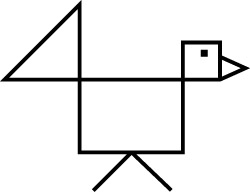In 1968 the Seiko management gave the order to Ikuo Tokunaga to develop “the perfect professional diver’s watch”. Seven years later he presented the first Tuna (6159-7010), this was the ancestor of the Seiko Tuna SBBN017. It was the first diver’s watch with a titanium monocoque case, a titanium shroud with ceramic coating to protect the glass and case and an L-shaped gasket for water resistance.
While other watches for saturation diving featured helium escape valves to let helium and other gases out again (Rolex and Doxa invention), Seiko decided just to shut the watch and tighten so that no gas could get inside the watch from the beginning. The screw-down retaining system and the shroud gave the watch the nickname “Tuna can” (short “Tuna”).
Today mostly a 7C46 movement is used and most collectors would agree with my statement: The typical Tuna is a quartz watch. These movements are high-quality movements, you can’t compare them with today’s usual cheap full-plastic movements. The 7C46 is a plastic/metal hybrid movement, adjustable, with 7 jewels and a high torque motor to move the big hands of the Tunas. It uses an ordinary quartz battery and needs very little power. Seiko guarantees a five year battery life but mostly you’ll have to change the battery after 7-10 years. This is a professional movement for a professional watch, the Seiko Tuna SBBN017 is highly reliable, highly legible and almost indestructible.
Of course with this construction Tunas are certainly not small watches. The smallest 300m Tunas have a diameter of 47.5mm. But keep in mind, that Tunas don’t have real lugs (just stubs). So the watch dimension is not only 47.5mm from left to right but also from top to bottom. Believe me, the 300m Tuna is one of the most comfortable watches on my 17.5 cm wrist!
Read my full review on the tuna HERE.

Leave a Reply
You must be logged in to post a comment.